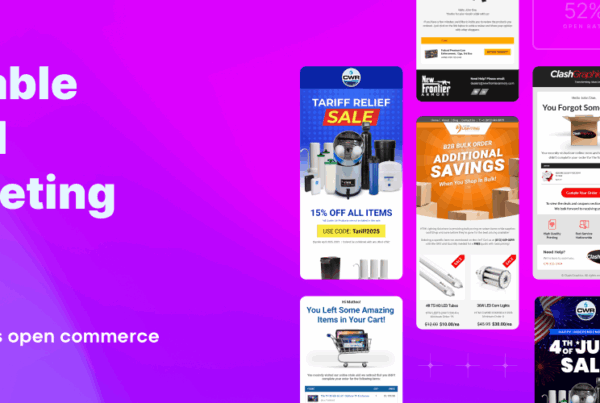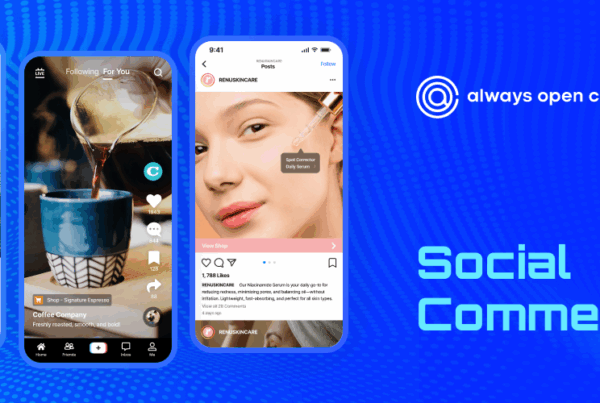Understanding the spending habits of the opulent and the wealthy
There’s a reason Salvatore Ferragamo doesn’t like making infomercials. That Maserati would only run TV ads in Europe for households earning 500,000 euros per capita. That Cartier remains a major powerhouse in embellishing the necks of superstars walking down the carpet of the annual MET Gala.
These brands—if they still prefer to be considered as such—tend to focus on, well, luxury. The glamour and glitz they inspire. The ostentatious quality they command. The sheer opulence that becomes synonymous with their logos and taglines that becomes a part of that brave, excessive consumer.
So whether you’re trying to sell luxury products or tap into the multi-billion dollar ‘luxury market’, your target audience needs to feel as though what you’re trying to sell—either a product or service—is a physical manifestation of luxury.
But how does the world perceive luxury? Wealth trends are constantly changing, so exorbitant prices are not always associated with luxury. To be perceived as luxurious, a product should’ve been created with the highest brand value and pricing power by leveraging all intangible elements of singularity—i.e. time, heritage, country of origin, craftsmanship, client portfolio, etc. And to properly allocate these intangible elements so as it could translate into real ROI, we need to understand the luxury consumer—and the way they swipe their cards or empty their wallets of cold cash.
Understanding the Luxury Consumer
Then again, wealth changes. But there’s more to that rule than we thought we know. Reaching the same luxury consumer today can be different a few months from now. When you try to understand the interests and buying habits of the ultra-rich (and any other consumer, regardless of class), you’ll discover more ways to influence those types of consumers and even new ones.
Strategy #1: Never underestimate a consumer. For the brick-and-mortar owners, wearing signature items does not guarantee a luxurious purchase. They might be a show-off, for all we know. The truth is that there are other chunks of the market who are equally likely to purchase these high-end products, and you can’t neglect them.
Let’s try to simulate that in a real-life scenario.
Think about that customer who has been saving up for that Oscar de la Renta cocktail dress she wants to get online. And, good lord, it’s a five-grand dress; you can buy five iPhone 11’s with that dress. But she’s desperate for it. She’s saving all year for a screenshot of that checkout page so she can show it off to her friends at work or as a treat for her husband. The point is: these consumers—regardless of their purchasing power—are so drawn to high-end items that they’re willing to save and splurge.
This tendency of the modern shopper gives you an opportunity to nurture them as loyal, lifelong luxury consumers.
This formula enables marketers to produce legions of loyal luxury consumers that serve as the core base of their target market. Because the luxury market is no longer solely dependent on managing brand reputation and recognition, marketers have to understand consumer behaviors, clarify their goals and intentions, and use market data to motivate even the most unsuspecting buyers.
These qualities will help you in establishing a loyal customer base.
Keeping up with the trends
Building a strong marketing foundation is just the first step. There’s much more to learn. Take into consideration the following questions:
- How do you keep that luxury appetite going?
- What can you do to captivate your customers?
- What methods get people to recommend your brand as a luxury product?
- How can you maintain their interest?
Luxury marketing is perhaps the most tedious of all the disciplines of marketing. It will require you to be nimble and adept; your recognition of the fact that there isn’t one type of customer coming through your door is easier said—and realized—than done. Even more so, they have ever-changing needs and desires that must be satisfied.
Strategy #2: By tailoring your E-commerce mechanisms, you’re able to communicate your latest and hottest offerings in ways that are accessible and appealing to more individuals. Through the development of targeted messaging, your business can create not just a good foundation but also a robust connection with your customers for your brand. A reliable E-commerce side for your business is now a must for luxury brands.
Another luxury marketing trend is the “buy it to experience it” mantra. It’s a mix of product plus service goodness targeted for the decadent rich—the retirees, the pensioners, the “Oh, life’s good” market. They may be more inclined to buy luxury products associated with travel and leisure. Case in point: luxury marketing will allow consumers to feel that they are part of a novel and elite experience—something intended for the privileged, the opulent, and the decadent. Believe us when say: nothing is more thrilling for the ultra-rich, or even the modest spender, than knowing that they’ll be subjected to the adjectives ‘tailor-fit’, ‘personalized’, ‘custom-made’.
“This is what I am”
Let’s make this clear: luxury is not only about exorbitant price tags enclosed in laser-secured glass counters. For a product—or a brand—to be considered ‘luxurious’, it must be unique and incomparable. Luxury, for most consumers, is the expression of a taste, of a creative identity; it’s a bold manifestation of the statement “this is what I am.” Salvatore Ferragamo has an identity associated with authenticity. Maserati denotes power and exclusivity. Cartier is a timeless label of wealth and extravagance. These brands give their consumers that particularly powerful feeling of luxury that helps give an impression of privilege and incomparability.
Strategy #3: In the world of luxury marketing, you have to clearly, or even explicitly, position your product or brand as luxury or high-end. You will find this concept of positioning an advantageous mechanism for driving sales. Every classic brand has to specify its positioning, and then convey it through its products, its services, its price, its distribution, and its customer relations.
Look at Apple, for instance. It’s not a luxury brand, but how they positioned their smartphones created an immensely insurmountable gap even for its closest rival Samsung. Their marketing mantra (pseudo-luxury, if you will) created such a difference in value and position that it manifested a preference among the global market. The result? Apple may not be the best-selling brand, but it eats up profits by 73% of the entire smartphone industry. Now that’s luxury at its finest figures.
Then again, luxury marketing is all about personalization and tailor-fitting. Learn more about how targeted marketing—luxury or not luxury—can benefit your business by requesting a call from one of our E-commerce experts. Click here to visit our website.












